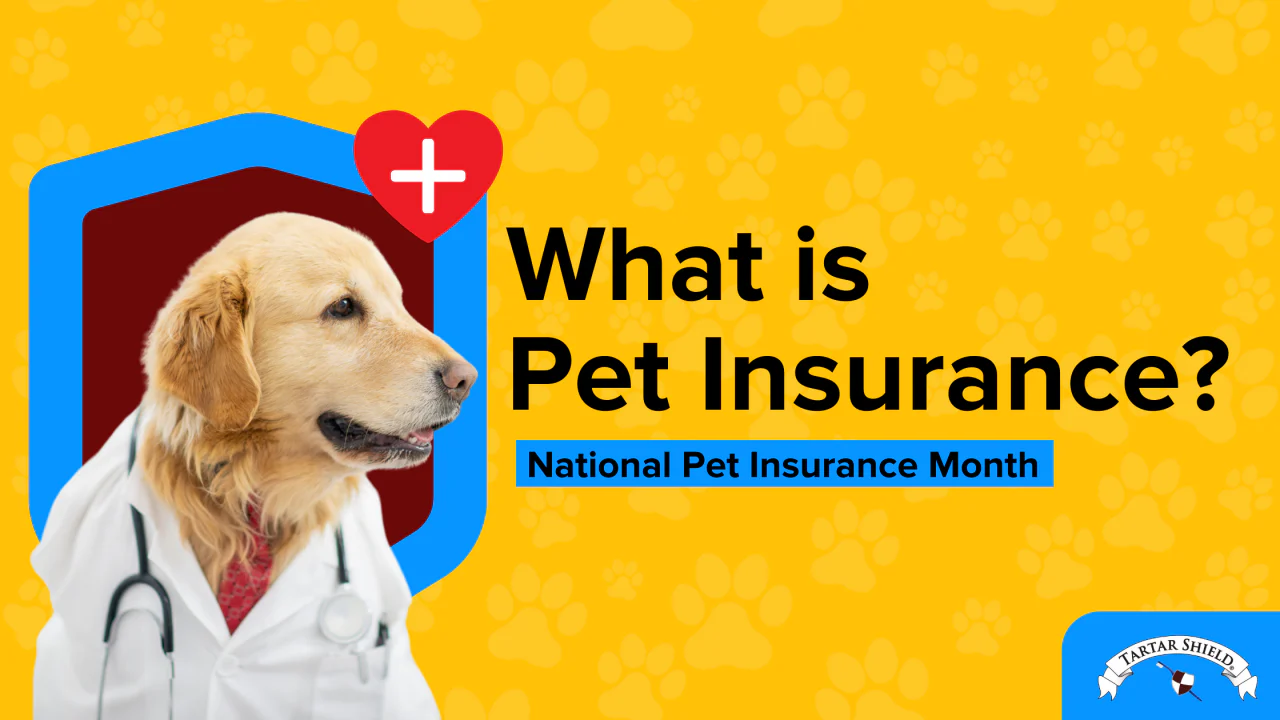Pet Insurance: Coverage and Benefits

Pet insurance is designed to provide financial support for your furry friend's medical needs, helping you manage the costs of veterinary care and treatments. As pets are considered family members, ensuring their health and well-being is a priority, and pet insurance can offer peace of mind and financial protection when unexpected health issues arise.
Why Pet Insurance is Important
Veterinary care can be expensive, especially when dealing with unexpected illnesses or accidents. Pet insurance helps alleviate the financial burden by covering a portion of your pet's medical expenses, allowing you to focus on their health without worrying about the costs. Whether it’s routine check-ups, emergency care, or specialized treatments, having insurance can make a significant difference in managing your pet's health care.
Types of Pet Insurance Coverage
Pet insurance typically offers several types of coverage, including:
- Accident-Only Coverage: Covers expenses related to accidents, such as injuries from falls or accidents. This option is usually more affordable but does not cover illnesses.
- Illness Coverage: Covers a range of illnesses and conditions, including chronic diseases, infections, and cancer. This option provides more comprehensive coverage compared to accident-only plans.
- Comprehensive Coverage: Includes both accident and illness coverage, as well as additional benefits such as wellness exams, vaccinations, and preventative care. This is the most extensive coverage option and offers a more complete safety net for your pet's health.
Choosing the Right Pet Insurance Policy
When selecting a pet insurance policy, consider factors such as:
- Coverage Limits: Ensure the policy covers a sufficient amount for both accidents and illnesses. Check if there are annual or lifetime limits on claims.
- Deductibles and Reimbursement Rates: Review the deductible amounts and reimbursement percentages to understand your out-of-pocket costs and how much the insurance will cover.
- Exclusions: Be aware of any exclusions or limitations in the policy, such as pre-existing conditions or certain breed-specific issues.
- Waiting Periods: Check the waiting periods for different types of coverage, as some policies may have waiting periods before certain benefits become available.
Benefits of Pet Insurance
The benefits of having pet insurance include:
- Financial Protection: Reduces the financial impact of unexpected veterinary costs, helping you manage expenses more effectively.
- Access to Quality Care: Allows you to seek the best possible care for your pet without worrying about the cost of treatments.
- Peace of Mind: Provides reassurance that you are prepared for potential health issues, allowing you to focus on your pet's well-being.
Conclusion
Investing in pet insurance is a proactive step in ensuring your pet receives the care they need when they need it most. By choosing a policy that fits your pet's needs and your budget, you can provide your furry friend with the best possible care while protecting yourself from unexpected financial burdens.